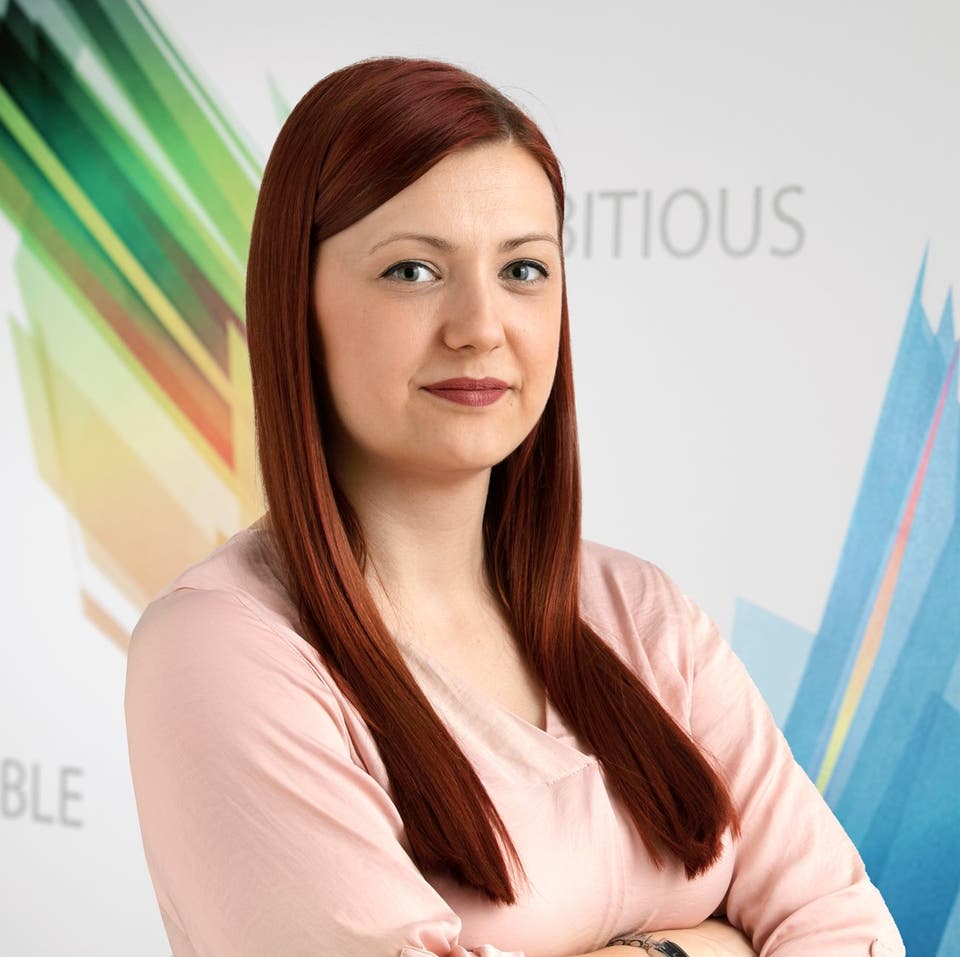The pandemic has accelerated the digital transformation in people’s media behavior and what consumers expect of businesses. Use of internet consumption has grown.

In Croatia, we had more than our share of unexpected and severe incidents in 2020. On top of the global pandemic, also the earthquakes striking Zagreb, and Petrinja and surroundings affected our lives.
We stayed in our family homes more than ever, but the surrounding world changed. No more morning commutes, going to shops or to coffee much more seldom, work trips were turned into virtual meetings and enjoying culture turned into digital experiences.

In this new reality there were two big winners – TV & digital. 47% of population cannot imagine a life without internet anymore, which is a growth of 4% from 2018.
In Croatia, we consumed TV more than ever before, partially caused by online school classes, but as well searching for news and reliable information.
We choose more when, where and what content we consume
We were also much more active in choosing what and how we consume media. We are no longer just waiting and accepting any media and information delivered to us, sitting planted in front of the TV at 20:00h after work.
We stream video content a lot more. Netflix, number one streaming platform in Croatia grew high 26% in number of its users in 2020. As the need for quick information was more prominent than ever before, we mostly searched the information online.
The first place where we went was Google, YouTube, and Facebook followed by local digital portals. Total internet weekly consumption has been growing steadily to over 80% in the total population on a weekly level. In 2020 compared to 2019 we saw a huge jump, and internet usage grew 5 p.p. from 83 to 88%.
The role of printed dailies and magazines suffered a lot from the change, decreasing in consumption and circulation.
Not only was the instant news being the drivers of digital consumption growth, but as well so many digital social channels and entertainment content. For instance, social media platform Tik Tok’s usage in total Croatian population grew from 2% to 9%, with its addictive content, not to mention the networks like Instagram of Facebook.

Shopping online increased by 34%
As we were socially distancing, we adapted to shop from our living rooms. From March to October, the number of online transactions increased by around 34%. At first pushed by the lockdown and circumstances, but afterwards becoming more familiar and relaxed with the whole online shopping process.
Fashion is the largest segment and accounts for 42% of the e-commerce revenue in Croatia. Total eCommerce expansion is expected to continue over the next few years, and it has been predicted that the compound annual growth rate will be 10%.
Even though traditional out-of-home suffered in 2020, we expect recovery in 2021 as people will continue to get back to their usual outside activities. Even higher growth is expected for digital out-of-home advertising (DOOH) as well as emerging programmatic OOH advertising solutions in the years to come.
Which of the behavioral changes are here to stay?
As for many businesses, we as people were also pushed to move to be more digital. It is hard to imagine a world where we would go back on this development. People got to know more of the convenience what is to shop digitally, for example ordinary household items like food and other household staples.
Also, the shift of consumers moving from linear television to video on demand, and the print circulation numbers diminishing would be following the global trends.

In dentsu Global Consumer Vision 2030 study, 70% of the 30.000+ polled people globally imagined working from home part of the time regularly also after the pandemic dies down. The majority were expressing a schedule such as 2-3 days from home and 2-3 days from the workplace would be a good schedule. This means that in the longer spectrum, the city center is going to see less traffic and local as people will stay more in the suburbs. In 2020 the Google searches of something ‘near to me’ grew by 50%.
*
I am happy to answer any additional questions about the changing media landscape, so please be in contact.
Yours,
Mirna Gjeri
Head of Research & Data
Dentsu Data Labs
Sources:
IPSOS BRANDpuls, 2020 wave II, MEDIAPULS 2020
Similarweb (Jan 2021)

